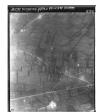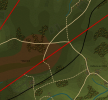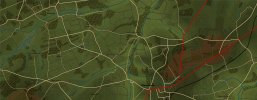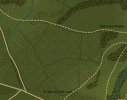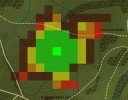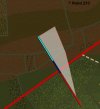Bie submitted a new resource:
Battle for Caen - The Command Ops 2 scenario pack covering the liberation of Caen
Read more about this resource...
Battle for Caen - The Command Ops 2 scenario pack covering the liberation of Caen
With the success of the landings on the beaches of Normandy on 6th of June 1944 the Allies consolidated their foothold and spent the days after the invasion linking up all of the beaches.
Once this had been achieved their focus was to try and force a breakout. One of the D-Day objectives was the city of Caen: an important transport hub with a sea harbour, multiple major roads and railway lines. Once Caen falls the road to the Paris is opened. The Axis defended Caen furiously on D-Day though...
Read more about this resource...
